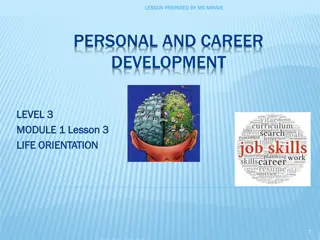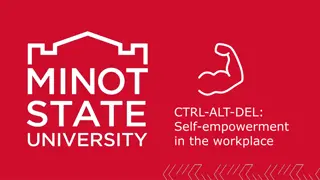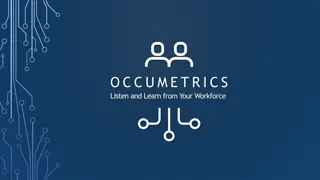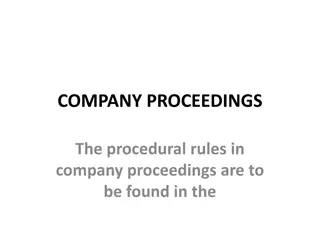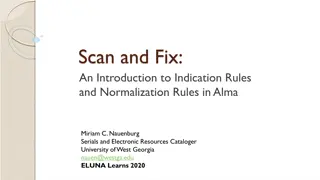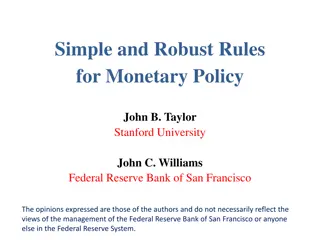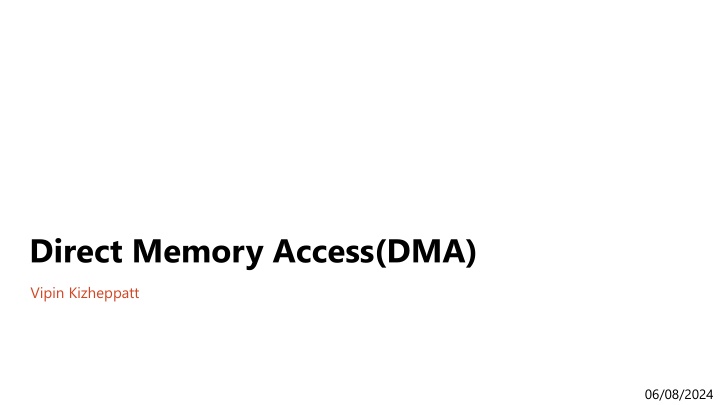
Workplace Rules and Legislation Overview
This document provides an overview of workplace rules and legislation concerning various aspects of employment, such as leave policies, unlawful employment practices, military/veteran employment, labor relations, and public disclosure and prevention/training initiatives. It covers bills related to shared leave, discrimination, collective bargaining, sexual harassment prevention, and more.
Download Presentation

Please find below an Image/Link to download the presentation.
The content on the website is provided AS IS for your information and personal use only. It may not be sold, licensed, or shared on other websites without obtaining consent from the author. If you encounter any issues during the download, it is possible that the publisher has removed the file from their server.
You are allowed to download the files provided on this website for personal or commercial use, subject to the condition that they are used lawfully. All files are the property of their respective owners.
The content on the website is provided AS IS for your information and personal use only. It may not be sold, licensed, or shared on other websites without obtaining consent from the author.
E N D
Presentation Transcript
Direct Memory Access(DMA) Vipin Kizheppatt 06/08/2024
PIO Data transfer We need to transfer some data from the memory to peripheral-1 for processing For this system, the only master (one who initiates data transfer) is the processor Hence only processor can read/write from the memory/peripheral 2
PIO Data transfer Processor first reads from memory location where first data is stored and stores it in an internal register Then from internal register, it is transferred to the peripheral 3
PIO Data transfer One data transfer involves one read and write under processor supervision Each read/write operation takes several clock cycles to complete When large data transfer is involved between memory and peripheral, this method is very inefficient For example a 1080p video frame is stored in memory and needs to be transferred to the display controller If PIO method is followed most probably the performance requirement of 50 fps won t be met 4
Direct Memory Access As name indicates, idea is peripheral directly accesses memory for data transfer instead of acting under processor supervision 5
Direct Memory Access Generally computer systems will have a dedicated hardware called DMA controller which will access memory and transfer data to/from peripherals Unlike processor DMA controller can access memory and peripheral simultaneously 6
Direct Memory Access Remember only masters can initiate data transfer Since the DMA controller is managing data transfer here, needs to be a master Now there are two masters in out system, the processor and the DMA controller At a given point in time, only one master can use the system bus, otherwise two circuits will try to drive the same wire which will cause issues So there should be some mechanism, which decides which master gets to use the system bus This mechanism is called bus arbitration 7
Direct Memory Access There will be a separate hardware module, which will act as the arbitrator and decides which master gets to use the bus Whenever a master wants to access the system bus, first it requests the arbitrator Once the arbitrator gives the access (bus grant), then the master starts to use the system bus 8
Bus Arbitration But how does the arbitrator know to which master the bus access should be given? That is based on arbitration policy There can be multiple policies, such as fixed time division multiple access (TDMA), where time is divided into multiple slots of equal duration and each master is given chance to access the bus for one time slot Bus this could waste time since even if a master doesn t require to access the bus, it is given the bus control for a time slot Another popular policy is round robin arbitration 9
Bus Arbitration Here only if one master is requesting for the bus, it will be given the bus access. But if more than one master requests for the bus, the master who accessed the bus most recently gets the least priority There can be other more complex policies such as round robin with priorities. Here each master is assigned a priority and the master with highest priority gets the access 10
DMA advantages Since DMA happens mostly under hardware control, it is much faster than PIO although here also each transfer includes one read and one write Bus the main advantage is the processor is freed from data transfer and can do some other useful processing since data transfer is now managed by the DMA controller In modern system a lot of data is stored in the cache memory hence the processor doesn t need to access the memory frequently But when it has to, now a bus arbitration should happen since DMA controller is also trying to access the memory 11
Configuring DMA Controller But how does the DMA controller know it needs to do a data transfer and from where to where it need to do it? That happens under s/w control from the processor!! So the DMA controller is a master all other peripherals, but it is still a slave to the processor When the processor finds out it need to transfer large data between memory and the peripherals, it configures the DMA controller (configures the internal registers of the DMA controller) It basically needs to configure three information Starting address from where data has to be transferred Starting address where the data has to be stored Total length of the data transfer 12
Configuring DMA Controller Once these information is configured, the processor configures the control register of the DMA controller to start the data transfer Once the data transfer is over, the processor finds it out either by reading the status register of the controller or through the interrupt signal from the controller 13
Configuring DMA Controller System Bus Processor DMA Controller Memory Peripheral 1 If we are using peripheral with stream interface, notice that the peripheral is not directly connected to the system bus hence is not address mapped to the processor In this case the processor only configures the starting address of the memory, transfer length and direction of transfer (peripheral to memory or memory to peripheral) 14
DMA on Zynq External DDR We need to access this memory 15
DMA on Zynq External DDR From a peripheral Implemented here 16
DMA on Zynq External DDR That could be done either through the AXI GP slave ports (there are 2) 17
DMA on Zynq External DDR The multi-port DDR controller acts as the arbitrator for the DDR memory. You can see the processor core and the AMBA interconnect connected to the HP ports are connected to this controller 18
Xilinx DMA IP (Xilinx AXI DMA) System Bus Processor DMA Controller Memory Peripheral 1 Target System architecture 19
Xilinx DMA IP (Xilinx AXI DMA) Write interface to Peripheral. Follows AXI4 Stream master protocol System Bus Processor DMA Controller Memory Peripheral 1 Target System architecture 20
Xilinx DMA IP (Xilinx AXI DMA) Read interface to Peripheral. Follows AXI4 Stream slave protocol System Bus Processor DMA Controller Memory Peripheral 1 Target System architecture 21
Xilinx DMA IP (Xilinx AXI DMA) Write interface to memory. Follows AXI4 full protocol System Bus Processor DMA Controller Memory Peripheral 1 Target System architecture 22
Xilinx DMA IP (Xilinx AXI DMA) Read interface to memory. Follows AXI4 full protocol System Bus Processor DMA Controller Memory Peripheral 1 Target System architecture 23
Xilinx DMA IP (Xilinx AXI DMA) Interface for configuring DMA controller from the processor. Follows AXI4- Lite protocol System Bus Processor DMA Controller Memory Peripheral 1 Target System architecture 24
Xilinx DMA IP (Xilinx AXI DMA) Interrupt signals showing the completion of data transfer System Bus Processor DMA Controller Memory Peripheral 1 25 Target System architecture
Thank you any questions 26



